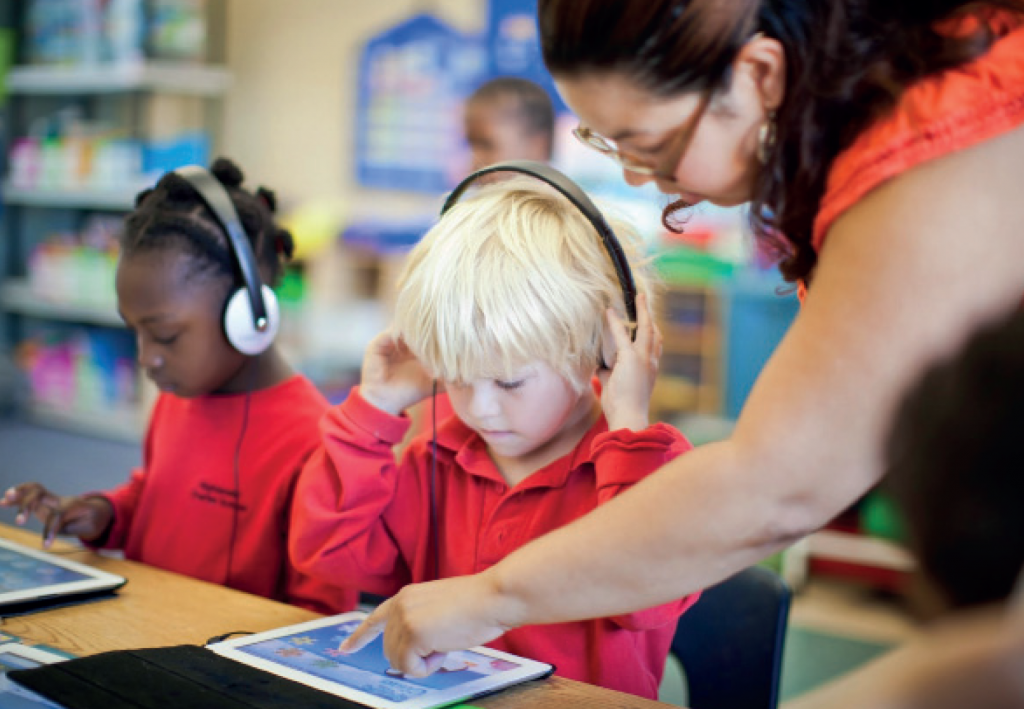
Technology has become an integral part of the lives of ourselves and our children. It is a key part of secondary curricula and is (or will soon become) key in primary schools, with mandatory lessons in computer coding. However, Early Years providers seem to be divided about the usefulness of technology in their settings; there are those who start integrating it into provision believing it is important for children’s’ progression to primary school, whilst others see it as distracting and not worth incorporating into their ‘curricula’.
The debate is ongoing with professors and practitioners found on different sides of the argument. For example, a debate in an article in Nurseries Today appears relatively typical: in the article, Jeff Stanford (the IT director for Asquith Day Nurseries, which invested £4m in interactive Smart Boards and touch-screen computers, iPads, interactive drawing tables and tough Pentax cameras in its 79 nurseries) was quoted as saying: “being exposed to digital technology at an early age is so important. It makes children comfortable and familiar with the technology and that is extremely useful when they start school”.
In contrast, Felicity Marrian, director of Iverna Gardens Montessori nursery in London, suggested:
“If our children are in fact the most sedentary generation ever (according to the medical authorities), and already spend more time watching television than they do in school, do we really need to add computers and other screen-based devices to the nursery environment?”1
The use of technology in the Early Years setting
But in practice, what do we know about the current landscape relating to the use of technology, learning in general and reading in particular?
Interestingly, research shows a rapid increase in the ownership of digital technologies, tablets in particular, and the use of touch screens at home. Access to touch screens appears wide-spread with 91% of parents in the Early Years National survey in 2016 indicating that their children had access to a touchscreen at home. Other research findings also confirm that large numbers of infants and children have easy access to touch screens, with 25% of 0 – 2 year-olds and 36% of 3 - 5 year- olds found to own an iPad in a research project led by Marsh in 2015; and in an OFCOM study also conducted in 2015, findings showed that 53% of 3 to 4 year-olds use a tablet at home with over 40% of 5 to 15 year olds have their own tablet.